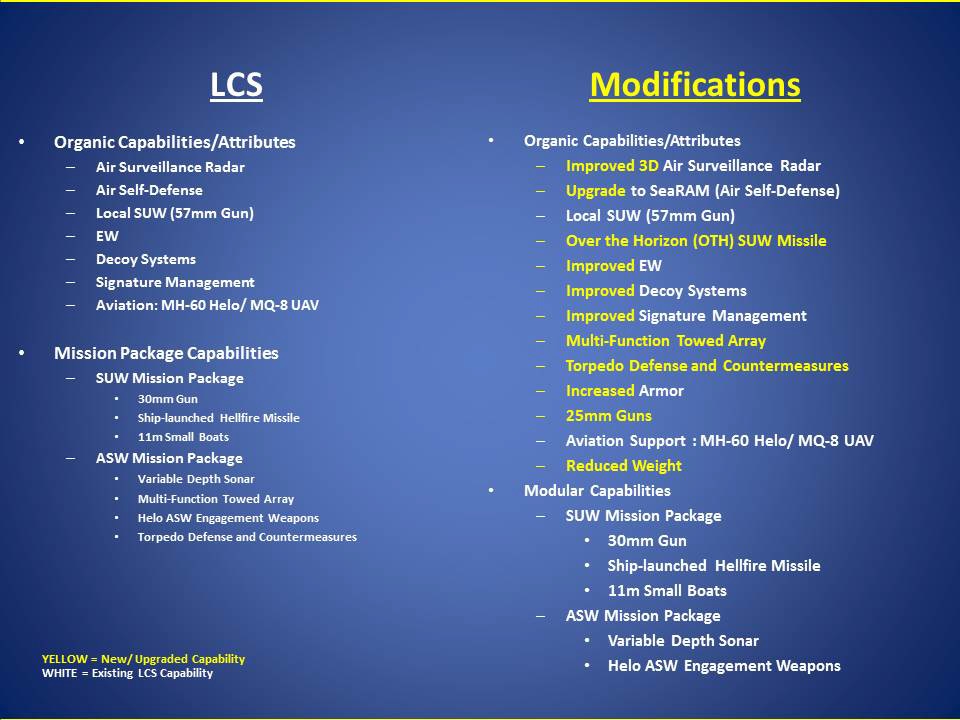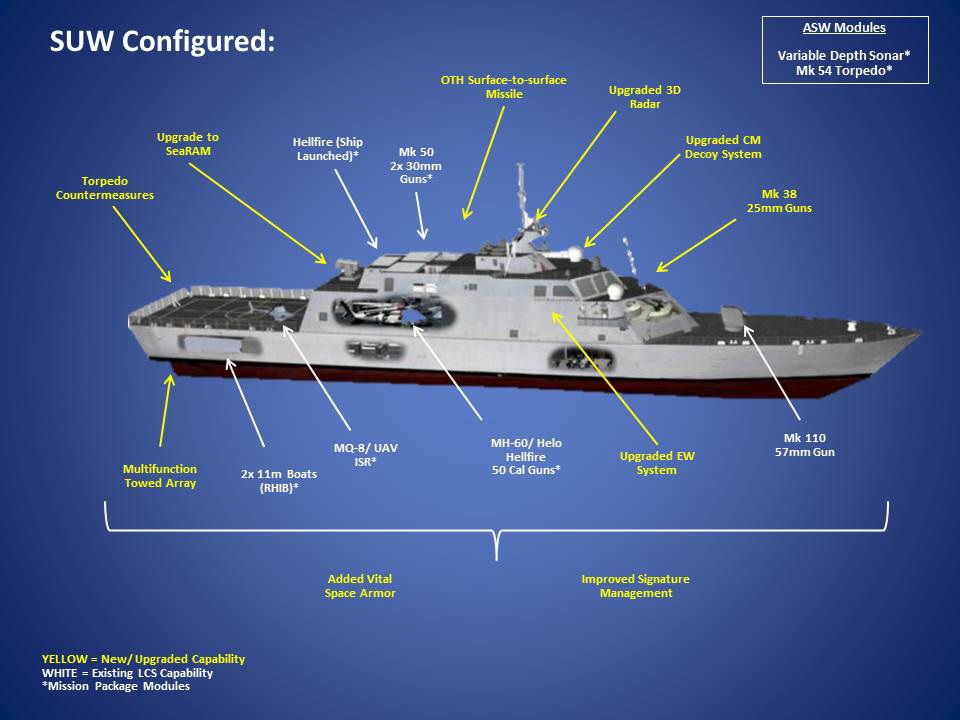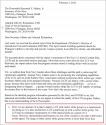An investigation into what caused the breakdown of one of the US Navy’s newest ships is nearing completion, sources said, and it’s hoped the fixes will be less extensive than once feared.
“Right now the root cause points to a timing issue,” said a source familiar with the investigation. “The sequence of stopping engines in emergency stops, and software telling the system how to declutch.”
It was early in December when the littoral combat ship (LCS) Milwaukee, commissioned on Nov. 21 in her namesake city, left the Canadian port of Halifax bound for Virginia. Pushing 38 knots according to a witness on board on Dec. 6, the ship engaged both its diesels and gas turbines in a high-speed run for photographers when a fuel valve problem initiated an automatic shutdown of both main propulsion gas turbines. The Milwaukee’s speed dropped quickly, “to bare steerageway,” the witness said.
But the timing was off for the programmed sequence of events to disengage and re-engage the complex gearing that combined the diesel and gas engines driving the main power shafts – enough, in essence, to severely grind the clutch.
“Basically it burned up the clutch plates,” the source said.
The ship had been running in full CODAG mode — combined diesels and gas turbines — and the gearing was supposed to step down as the turbines shut off, leaving only the diesels running.
“When the gas turbine shut down that clutch should have disengaged,” said a Navy official familiar with the investigation. “It didn’t, it stayed engaged, creating a high-torque event.” The gears remained engaged “for several seconds,” the official said, long enough “so that the clutch failed and basically broke apart.”
The improperly functioning fuel valves that caused the gas turbines to shut down aren’t the real problem, the Navy official said.
“Things fail on ships all the time,” said the Navy official. “It was not a completely new design. It failed because there was a defect” in the valves – a problem, the official added, “of adequacy.”
The real problem, both sources agreed, is the failure of the gearing system.
“There are all kinds of reasons why you’d want to stop,” the Navy official said. “But the gear system ought to be able to handle the emergency stop scenario.
“The hard issue here was getting to the root cause of causing a ship to be towed into port because she destroyed the clutch. If the system had worked as designed we wouldn’t be having this discussion. Everything would have disengaged correctly. It would have come to a stop. It would have come back up on diesels only and she would have gone into port on her own power.”
The Navy and prime contractor Lockheed Martin each set up review boards after the failure. Teams visited the makers of the gearing, the clutch and the clutch plates. Engineers pored over the propulsion plant design — and found no serious flaws.
“We’re not touching the design,” the source familiar with the investigation said. “It’s right to carry the loads. The gear design is not the root cause at all.”
Instead, the fix may be tweaks to the system’s software.
“What we’re looking at,” said the Navy official, “is a software control issue problem.”
The failure review boards are nearly finished with their work, the Navy official said Feb. 3.
“What they’re pointing to is a control system issue associated with the machinery control system software,” the Navy official said. “The software needs to send a signal to the clutch to disengage without creating any other downstream problems within the propulsion plant. That’s the focus on the root cause.”
The emergency stop evolution is not part of sea trials run by the builder and the Navy before the ship enters service. “To my knowledge it’s not a normal evolution conducted during acceptance trials,” the Navy official said.
“During acceptance trials there was the normal shifting of modes between CODAG and other propulsion modes, and diesel or gas turbine propulsion. What was different about this was the emergency stop of the gas turbine because of the loss of fuel coming in the front end of the gas turbine.”
The control system on the Milwaukee is slightly different from systems installed on the first two ships of the Freedom class, the Freedom (LCS 1) and the Fort Worth (LCS 3). Both of those ships will be examined, “although we haven’t experienced that problem on 1 and 3,” the Navy official said.
“Whatever we decide whatever the fix is, it will cross the entire class, including 1 and 3,” said the Navy official. “Until the root cause is identified and the fix is identified we will not accept LCS 7 [the Detroit, scheduled to be delivered later this year]. We will make sure the ship will operate as it's supposed to when it’s delivered.”
Repairs on the Milwaukee are essentially complete.
“Clutch discs and components have been replaced,” the Navy official said. “There are still some repairs to be done on ancillary systems — high-speed shaft components — that are still operational but need to be replaced. That and some of the hard-to-get-to bearings will need to be replaced.”
The Milwaukee is expected to get underway on her own power from Little Creek and head to Mayport, Florida, where the ship will be drydocked and readied for shock trials to be carried out later this year in the Atlantic.
After that, the Milwaukee will move to her home port of San Diego and prepare for operational service.




